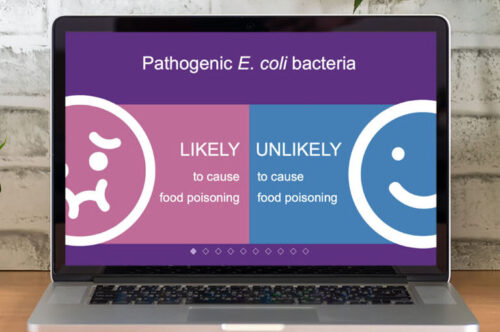In this blog, we will learn what an active bystander is and how you can be an active bystander at work. Everyone can be an active bystander at work. It means intervening if you witness inappropriate behaviour, as long as it is safe to do so. Being an active bystander helps to create a workplace culture that is positive, inclusive and respectful.
When might we need to be active bystanders?
There are many situations that might call on you to intervene as an active bystander. These can range from microaggressions to more serious incidents. Microaggressions are subtle expressions of sexism, racism and other forms of prejudice. For example, continuously mispronouncing someone’s name, not making eye contact during meetings, or assuming someone is foreign by saying ‘You speak English so well.’
More serious incidents could include bullying. Bullying is defined by the Health and Safety Authority (HSA) as ‘repeated inappropriate behaviour, direct or indirect, whether verbal, physical or otherwise, conducted by one or more persons against another or others, at the place of work and/or in the course of employment, which could reasonably be regarded as undermining the individual‘s right to dignity at work.’ Harassment is defined by the Employment Equality Acts 1998-2015 as unwanted behaviour relating to any of the discriminatory grounds. Sexual harassment is defined by the Acts as any form of unwanted verbal, non-verbal or physical behaviour of a sexual nature.
Whether the incident is minor or more serious, you can play a role in combatting inappropriate behaviour at work.
How can we be active bystanders?
There are many ways that we can be active bystanders at work. One way is to follow the Four Ds model. The Four Ds stand for Delay, Distract, Delegate and Be Direct.
Delay
You might not always speak up or intervene in the moment. For example, you witness a colleague making dismissive or demeaning remarks towards another member of your team during a meeting. In this situation, you might wait until after the meeting and then, check in with your colleague to see if they are ok and offer them your support.
Distract
Oftentimes, the Distract approach can be an effective way to intervene as an active bystander. For example, you might be at lunch with your colleagues and notice that they are making one person in the group feel uncomfortable with inappropriate jokes. In this case, you might decide to change the conversation or ask that person to join you to go get a coffee.
Delegate
The Delegate approach is when you reach out to someone else for support in intervening. This might be the best choice in situations where you don’t feel safe getting involved or you are not sure how to help. You might report an incident to HR or speak to a manager. For more serious incidents you might contact the Gardaí.
Be Direct
Being direct doesn’t mean having an altercation with someone. For example, you overhear a colleague complaining about the new manager. In this case, you might interrupt the person to say that we were all new once and it takes time to get used to a new job.
There are many different ways to intervene as an active bystander. Consider your options and choose the best approach for you and the situation you encounter. Always make sure it is safe to intervene and never put yourself in danger. Remember — even small acts can make a big difference.
The Being an Active Bystander at Work online course gives your whole team a set of tools to help create a positive workplace culture. You can recognise incidents of inappropriate behaviour and identify strategies for intervening as an active bystander.








